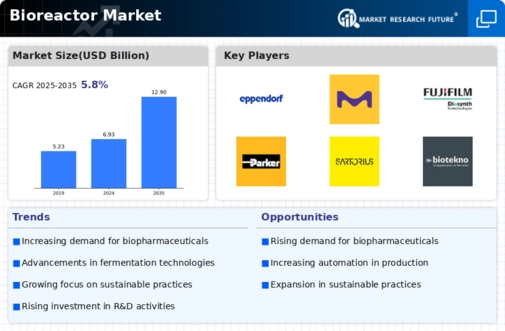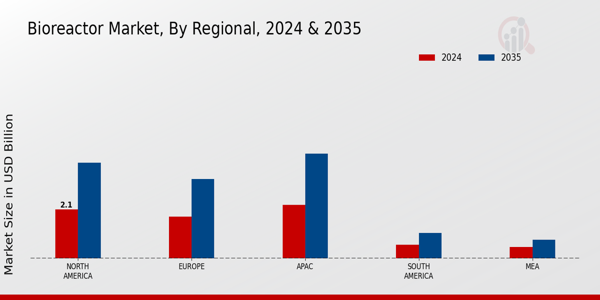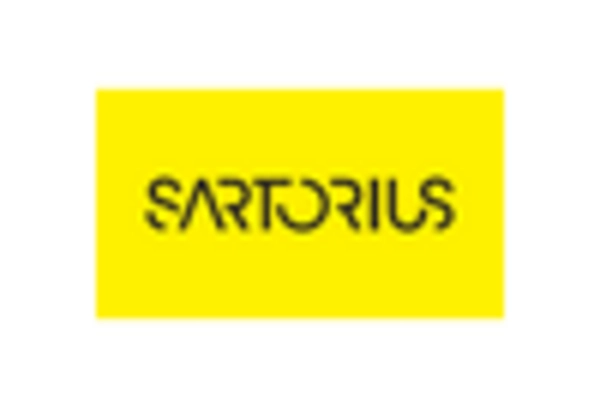The Bioreactor Market is a rapidly evolving sector characterized by intense competition and innovation, driven by rising demand for biopharmaceuticals and advancements in biotechnology.
The market features a diverse array of players, including established companies that offer a wide range of bioreactor systems, specialized equipment, and solutions tailored to various applications in cell culture, fermentation, and production processes.
As the life sciences sector continues to grow, companies are focusing on enhancing their offerings through technological advancements and strategic partnerships to maintain a competitive edge.
This competitive landscape is marked by companies striving to capture market share by meeting the diverse needs of researchers and manufacturers globally, resulting in the introduction of novel bioreactor designs and system integrations.
Eppendorf is a significant player in the Bioreactor Market, known for its strong reputation and extensive portfolio of bioreactor solutions that cater to both small-scale and large-scale biotechnological applications. The company is recognized for its commitment to innovation, consistently releasing advanced products that improve process efficiency and yield in various biological processes.
Eppendorf's strengths lie in its robust research and development capabilities, which enable the creation of state-of-the-art bioreactors that are both user-friendly and effective for a range of applications, including cell culture and fermentation.
With a well-established global presence and a reputation built on reliability and excellence, Eppendorf continues to lead the market, providing high-quality solutions that meet the evolving demands of customers across different sectors of the life sciences industry.
Danaher Corporation also plays a crucial role in the Bioreactor Market, leveraging its diverse portfolio of life sciences and healthcare products to address the unique needs of bioprocessing applications.
The company is well regarded for its integrative approach, combining advanced technology with comprehensive support services that enhance the overall user experience. Danaher Corporation's strengths in the market encompass its ability to deliver customized solutions tailored to specific customer requirements, ensuring optimal performance and reliability in bioreactor operations.
Through continuous investment in innovation and strategic acquisitions, Danaher Corporation maintains a competitive edge, positioning itself as a key contributor to advancements in bioprocessing technology and the broader biopharmaceutical landscape.


















Leave a Comment